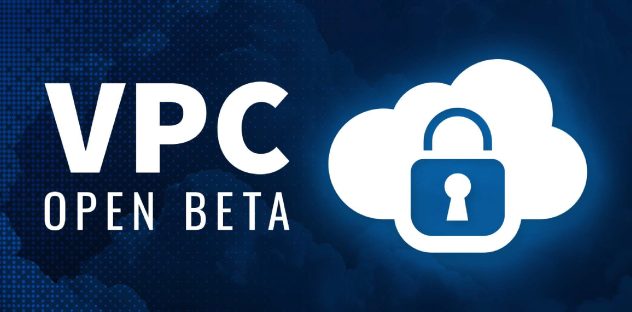When you’re shopping for a public cloud provider, connections matter—and not just your connection to its network. If you’re looking for speed and efficiency, take time to ask how the cloud provider connects itself with the rest of the world.
Many people think of the internet as a big invisible sea of computers and routers. Put information in on one end, and it arrives somewhere else—on the other side of the room or the other side of the world. Most users have little need to look any closer at the path a packet of data takes as it makes its way to its destination. But those who maintain and oversee these network connections have a much more nuanced view.
While a gigantic LAN is under one organization’s supervision and control, the broader internet consists of smaller networks that border and overlap each other in a patchwork pattern. The only way a user on Network A can communicate with a user on Network B is if the two networks link together through a physical connection. That connection could be direct, through a border router placed between the two networks, or could be indirect, through common affiliation in a hierarchy of connections that would allow a packet to pass from one network to another.
There are thousands of these participating networks, plus all the connection agreements that allow these networks to communicate. You can classify these connections into two types:
- IP transit. Smaller networks can pay to connect to a larger network. The small network thus gains access to a larger portion of the Internet address space. A handful of top tier global networks offer connectivity with sites worldwide, either through their own network or through the web of their connection arrangements.
- IP peering. If two networks are approximately the same size and have similar traffic levels, they might agree to connect their networks at no cost to either party. This relationship is known as peering, sometimes called a settlement-free interconnection. Although neither of the parties makes money on this relationship directly, they both benefit by expanding their network and adding to their collection of possible network pathways.
Theoretically, the easiest way for a network provider to reach the world is to enter into an IP transit agreement with a large Tier 1 network. Such an arrangement would ensure that a host on your network could reach the entire internet, but it does not ensure that packets get delivered in the most efficient manner. Actually, the Tier 1 giants aren’t really designed to optimize delivery. A packet can travel around the world, but it might follow an inefficient and multilayered chain of connections to reach its destination, passing through many routers along the way.
Thus, IP peering agreements become an important tool for extending and expanding the possible network pathways to provide more efficient delivery options. Because IP peering agreements are typically settlement-free, they don’t affect the provider’s bottom line, but they require creativity and follow-through.
Rather than settle for the default performance that comes with a few nearby peers and Tier 1 giants, some cloud providers, like Linode, make an effort to create their own blend of IP peering arrangements with small and intermediate-level peers in other geographical areas to optimize traffic for their customers. This unique blend of IP peering agreements can be tailored to the provider’s network’s location or optimized for the provider’s customers’ primary traffic patterns. For instance, if the provider’s network exchanges a lot of traffic with Japan, the provider could establish a direct link with a network in Japan and save many router hops.
Before you sign on with a cloud provider, ask about its peering arrangements, and find out if the cloud provider is actively working to optimize traffic by building their own peering blend. And remember, after all the sales meetings and PowerPoint presentations, the proof is in the numbers. Smarter peering should lead to faster connections for your most important traffic routes, so test and compare.






Comments